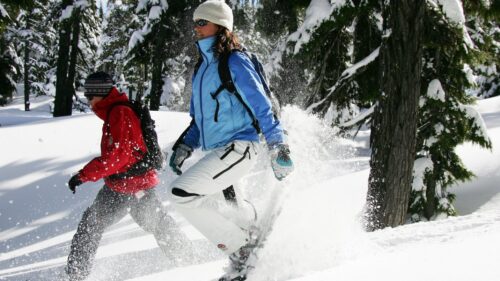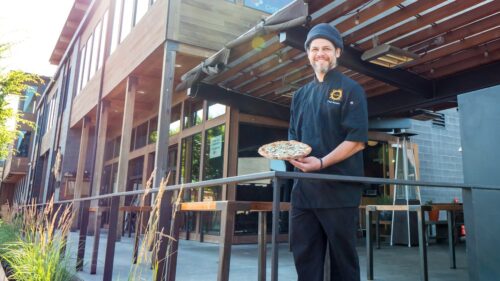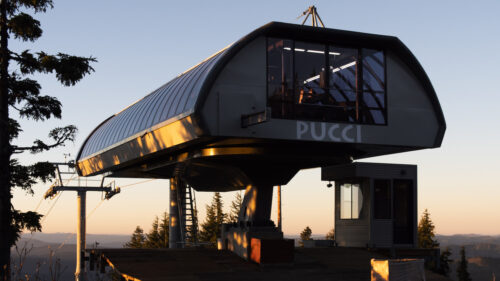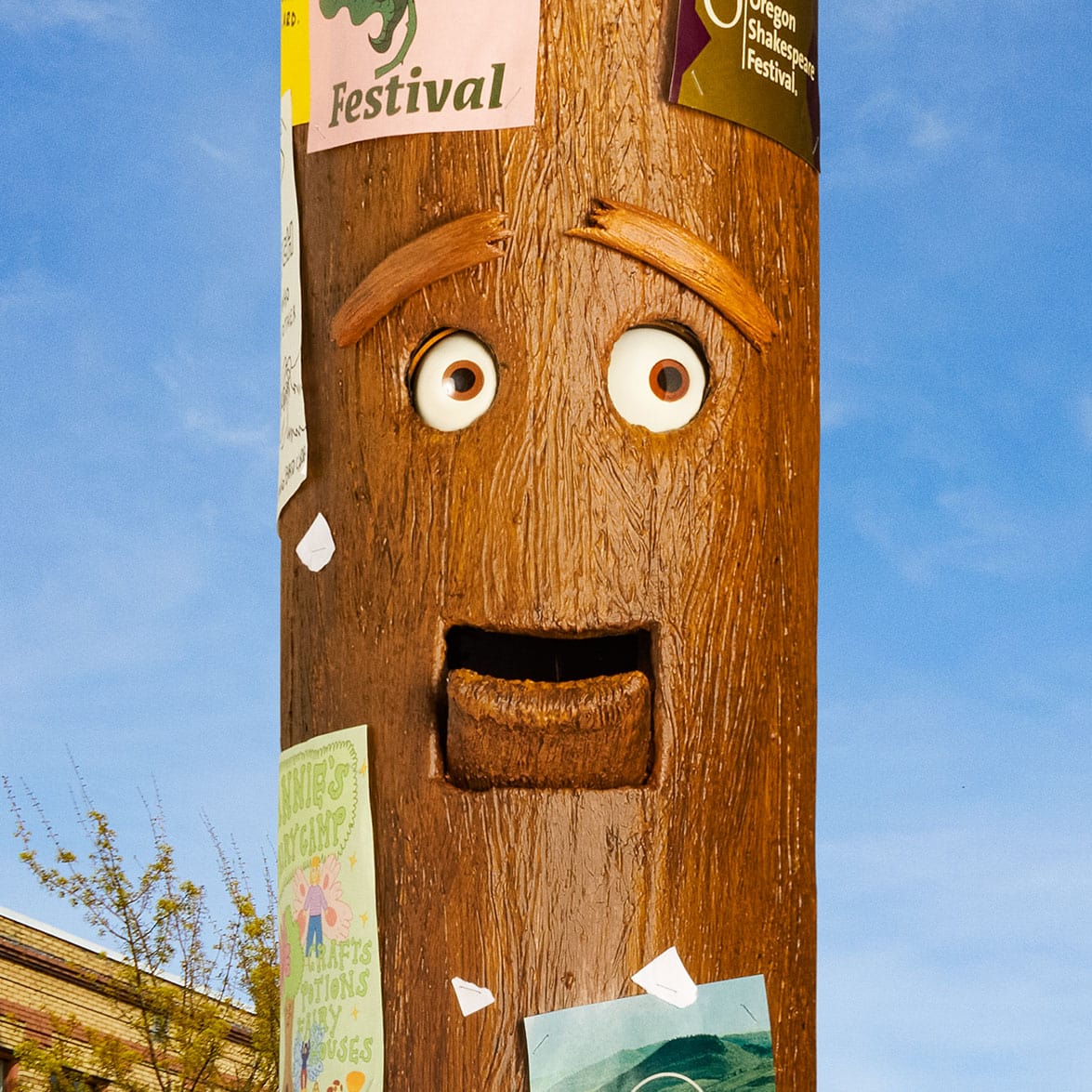Top Things to Know:
- Visit resort websites in advance and come prepared
- Lift ticket reservations or pre-paid tickets may be required
- Midweek visitation is encouraged
- Lesson and equipment rental reservations may be required
- On-site restaurants and lodge use may be limited
- Face coverings are mandatory
- Physical distancing is expected
- Extra cleaning protocols are in place
- Be patient, flexible and kind
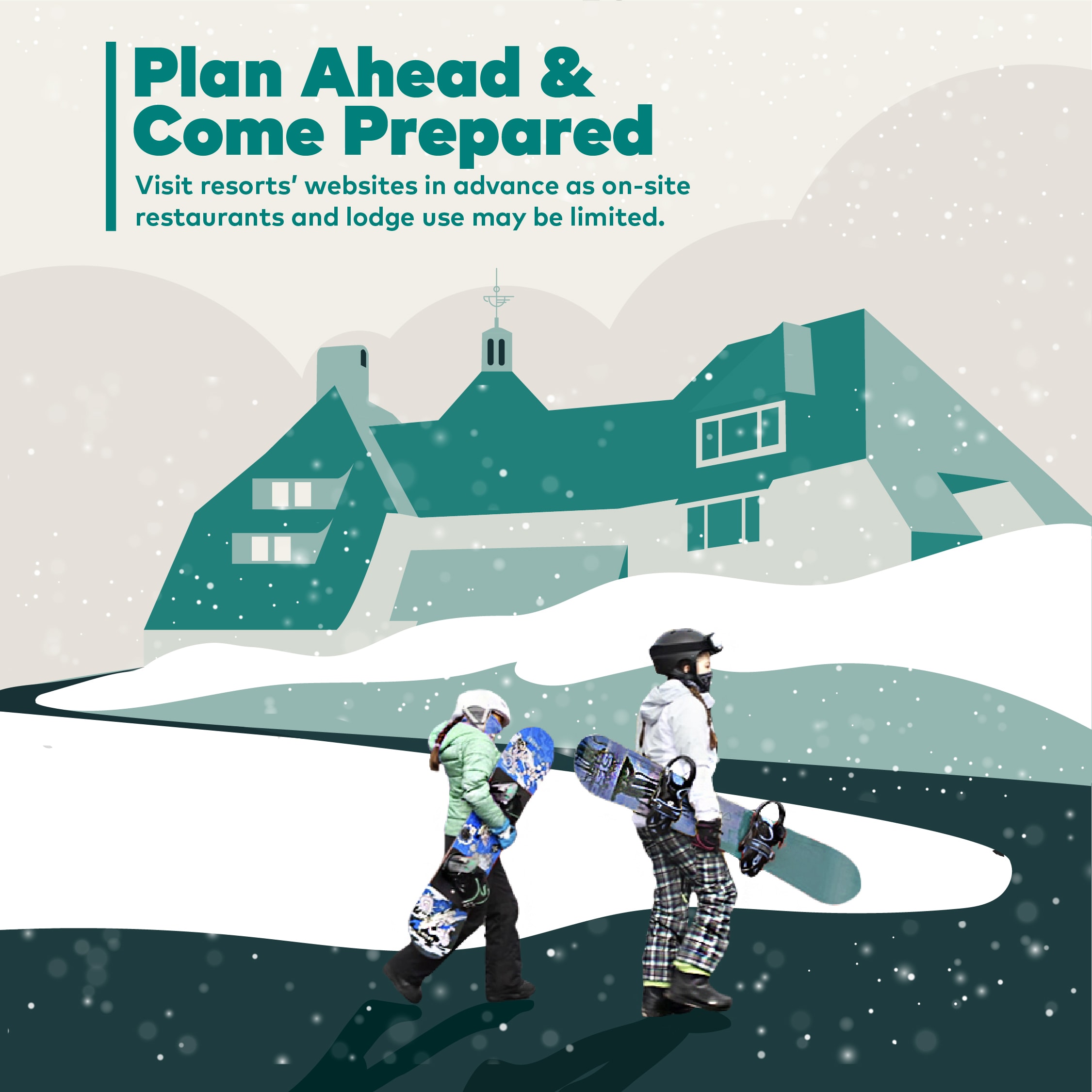
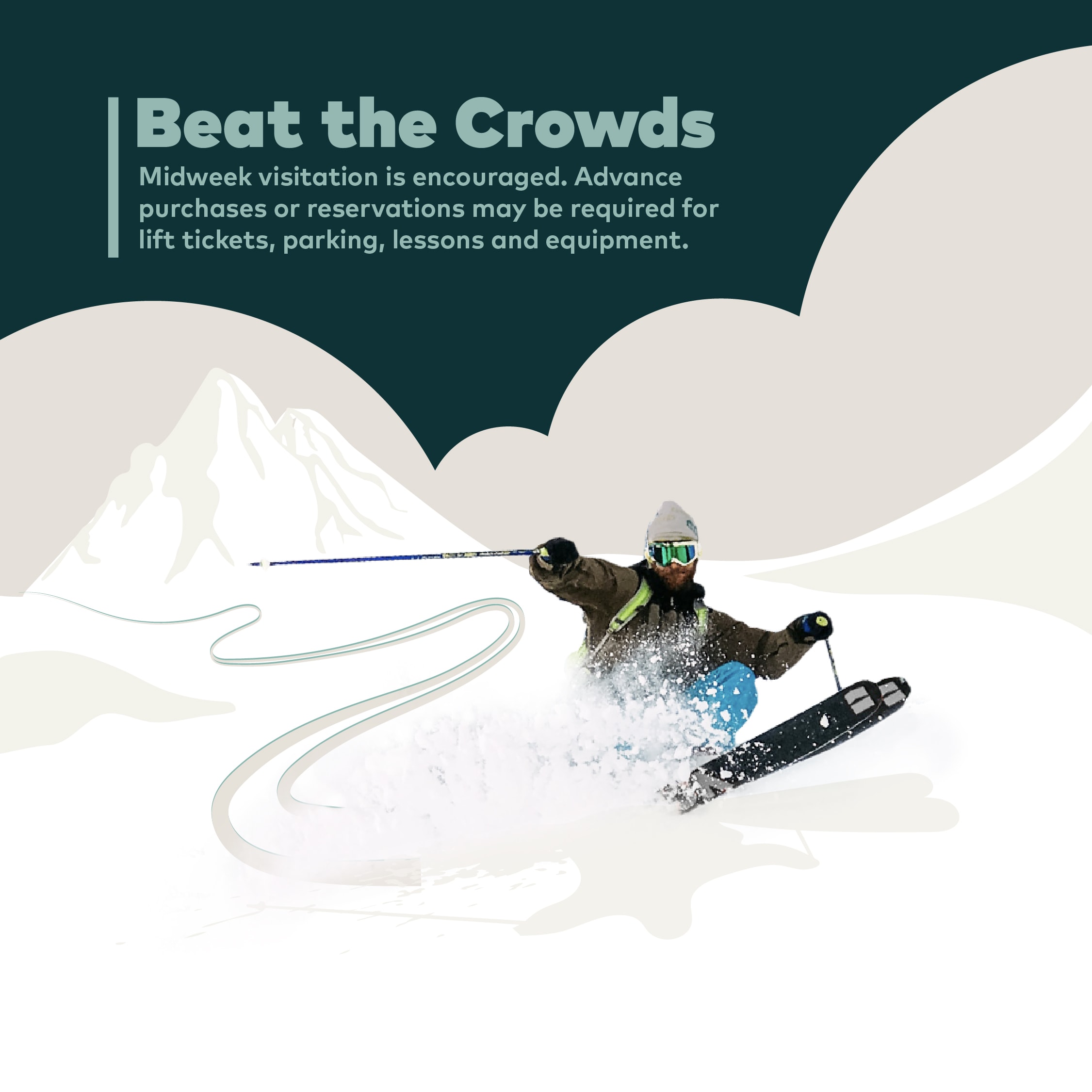
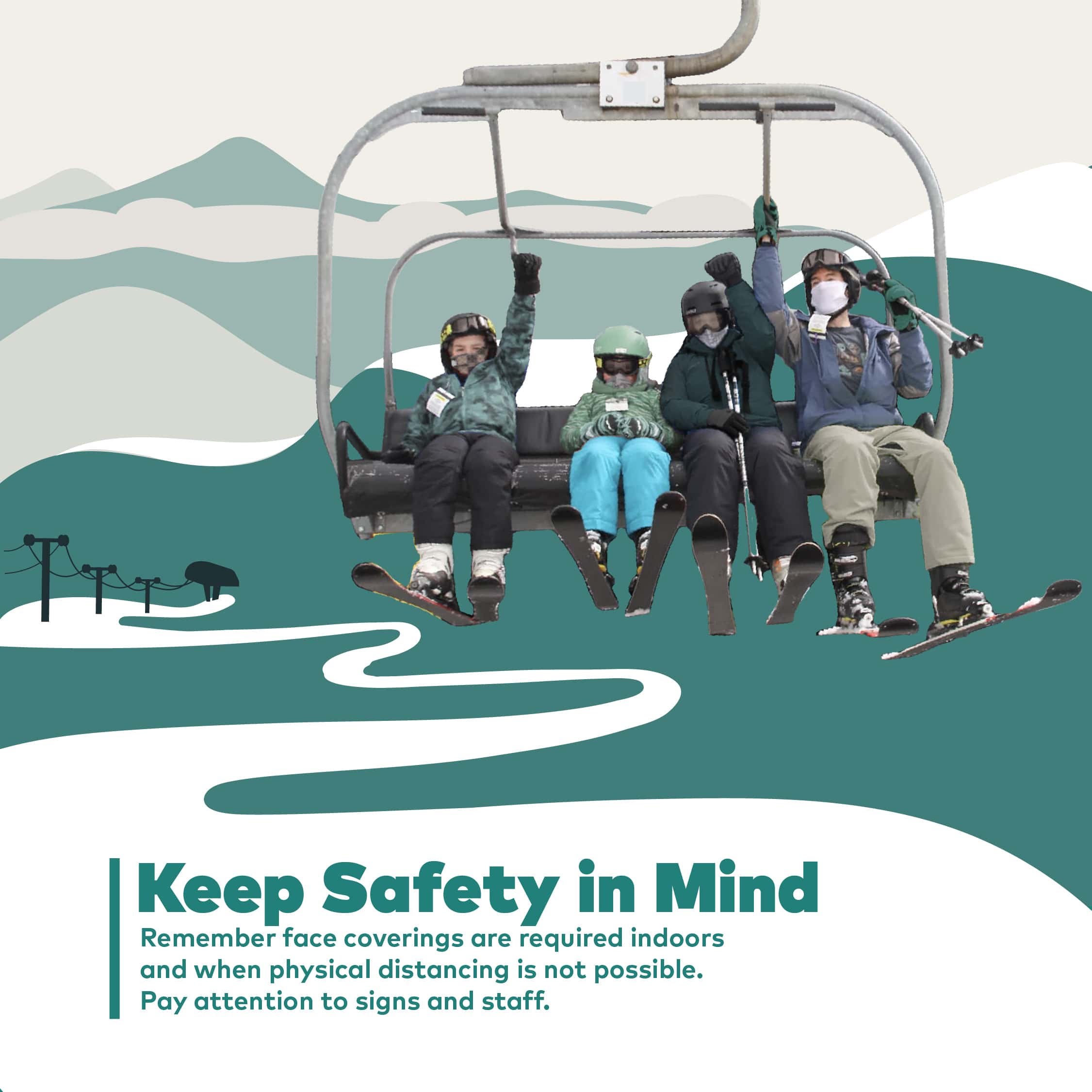
Oregon ski areas are thrilled to welcome visitors back for much-needed outdoor recreation this winter. In addition to the indisputable fun of sliding on snow, skiing, snowboarding, snowshoeing and Nordic skiing are proven to improve mental and physical health of participants — a huge added benefit in these challenging times.
In order to operate safely this winter, ski areas are following guidelines by the Oregon Health Authority and operational guidelines developed in partnership with the National Ski Areas Association’s Ski Well, Be Well Program. These guidelines include physical distancing, face masks, regular sanitizing and individual responsibility and accountability to mitigate the risk of COVID-19 to ensure a safe winter season.
According to John Burton at Timberline Lodge & Ski Area, one of the first ski resorts in the world to reopen this past spring and summer, “Timberline has worked hard on winter operation plans, building on what we learned from our spring and summer ski seasons. You will undoubtedly notice a change in our operations; these are necessary to move forward and offer everyone the opportunity to get back in the snow on Mt. Hood.”
Recreating outside in a mountain environment naturally lends to social distancing. Where there is typically gathering or congestion, such as in lift lines and lodges, ski areas have plans in place to disperse and distance. This will be communicated in advance through the individual resorts’ websites, as well as on the slopes with additional dedicated signage. This winter will call for more planning ahead and a need for visitors to assist in following protocols to ensure everyone’s safety and the continued operation of resorts through the season. Here are some tips to keep in mind.
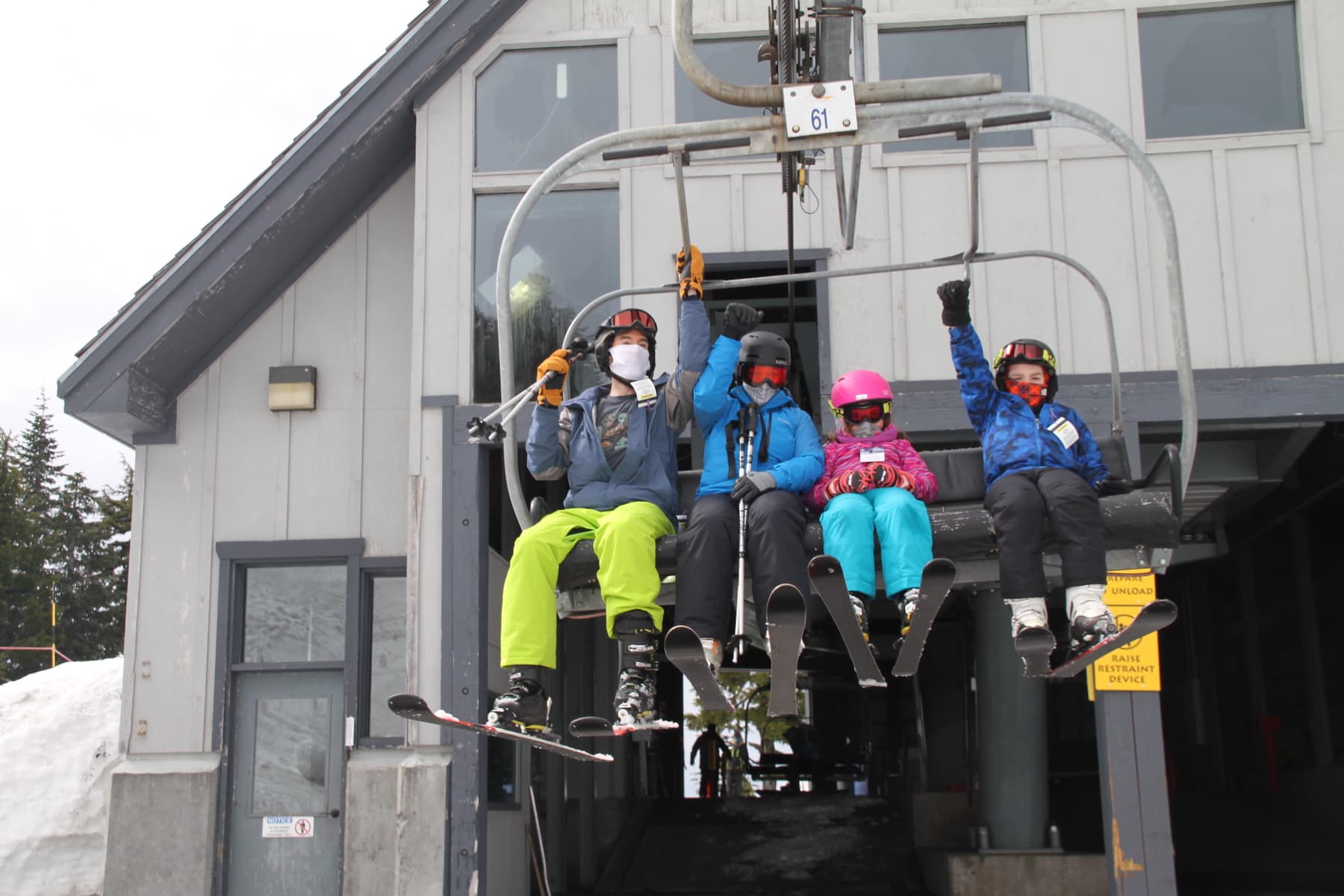
Plan Ahead to Ensure Lift Access
In general, ski areas will be operating at reduced capacity on peak days this season to ensure appropriate social distancing. This will be a great winter to enjoy the quieter midweek days. During busier weekends and holidays, capacity will be managed by limiting daily lift ticket sales at most resorts. Other resorts are implementing additional tools including at Timberline Resort, which, is managing capacity through online-only sales of lift tickets, with parking on a first come, first served basis. Anthony Lakes Mountain Resort is limiting daily lift ticket sales advance online purchase only.
If you haven’t purchased a season pass in the past, this might be the year to consider it. Season-pass holders are being given priority access at many resorts.
Pass sales begin in early fall and are available online at each individual resort. Many ski areas also offer multi-day ticket packages sold online at a reduced price, which may also include the preferential access similar to a season pass. Advanced purchase is also required for rental equipment and lessons at many resorts. Review new visitation guidelines for any ski area you plan on visiting this winter ahead of your visit.
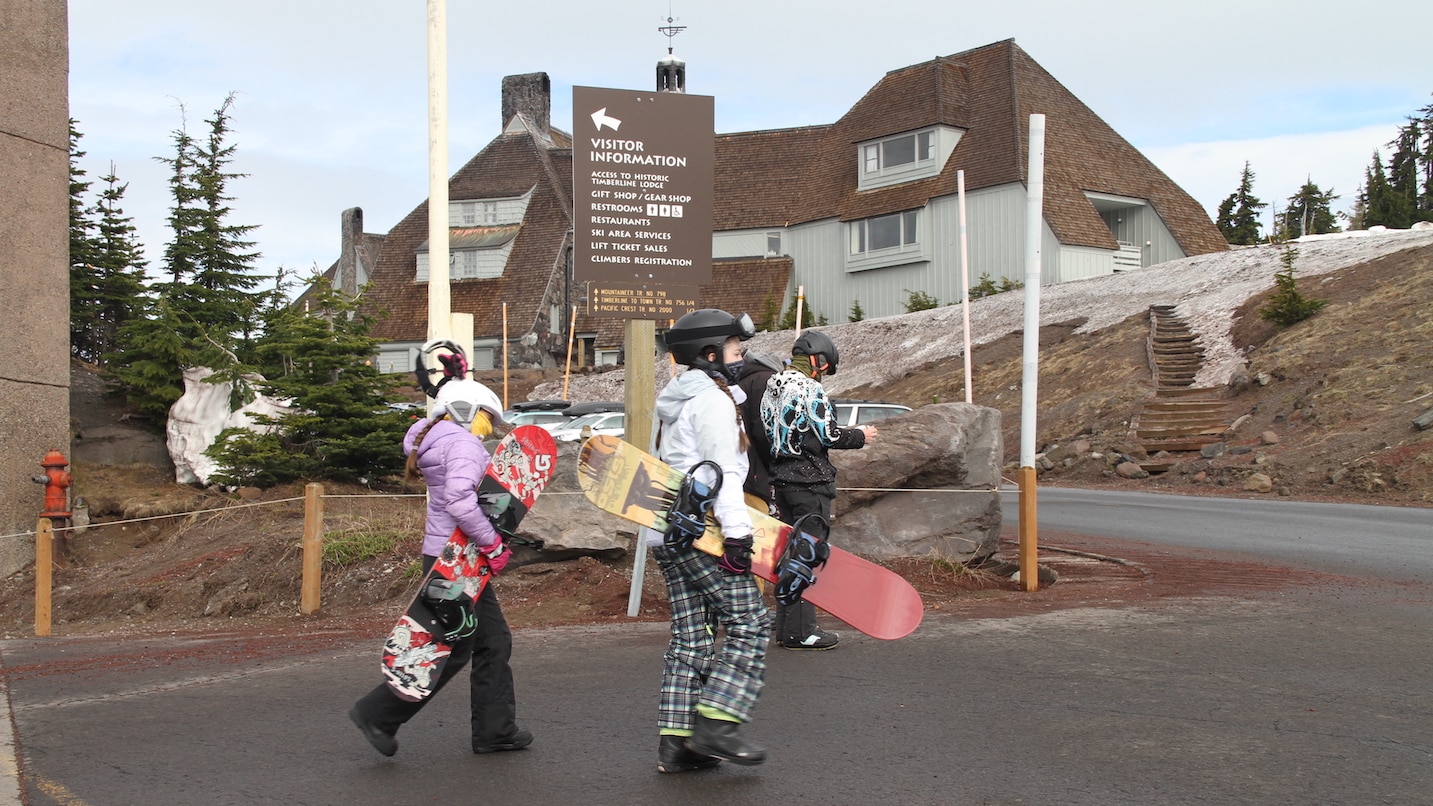
Face Coverings Are Required
All staff and visitors will be required to wear face coverings while indoors at all times in compliance with Oregon state requirements, which includes inside lodges, restrooms and on shuttles. Face coverings will also be required outdoors when you are unable to maintain 6 feet of distance from those not in your party, including in parking lots and common areas, in lift lines, and on chairlifts. Ensuring the longevity of the season and everyone’s safety means taking personal responsibility to keep our slopes safe.
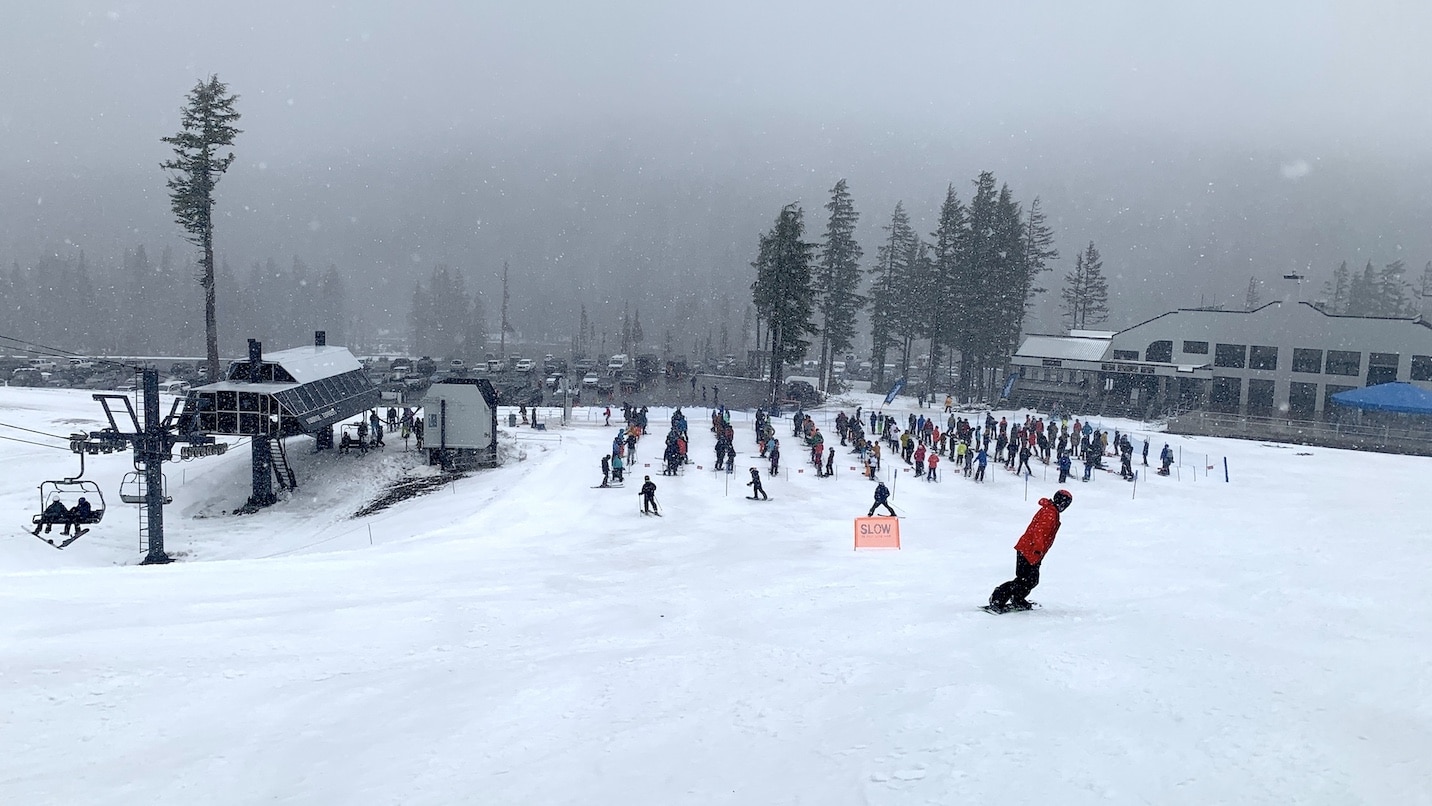
Maintain Social Distancing in Lift Lines
While the length of skis and snowboards naturally create a 6-foot halo, lift lines will be configured to allow for distance between people at all times. Lift mazes may also feature “ghost lanes” to manage side-to-side physical distancing. As part of this effort, you won’t be expected to ride the chairlift with guests outside of your traveling party. Don’t be surprised to see chairlifts not filled to capacity … yes, even on powder days.
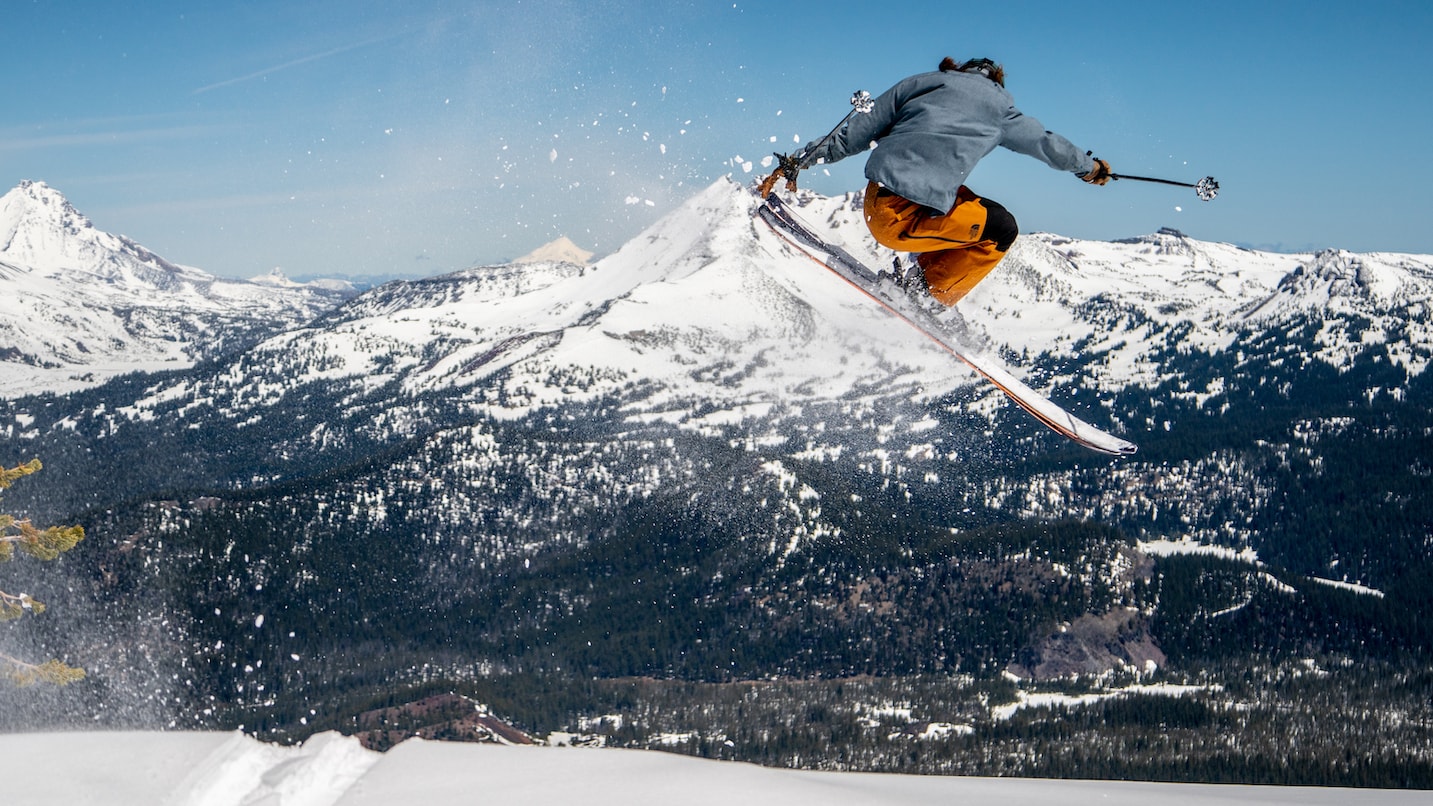
Revamped Lesson Programs
Oregon ski resorts are modifying traditional lesson offerings including group, beginner and kids lessons this winter. Each resort is taking its own approach. Mt. Hood Meadows Learning Center Operations & Training Manager Tyler Barnes says, “We’re reimagining the lesson experience and catering to groups and families who want to stay in their ‘bubble’ by revamping our private lesson experience to allow 2 to 5 participants in a private lesson at a fixed rate.” The resort is also offering an opportunity for families to introduce skiing or snowboarding to their 4- through 6-year-old kids through a “Mommy/Daddy & Me” kids group lesson.
Mt. Bachelor is shifting from full-day to half-day lessons (including multi-weeks) and building out their private lesson programs. Research these new lesson options at each ski area and reserve your lessons and equipment online in advance.
Indoor Amenities Will Be Limited
The majority of ski areas will have indoor spaces open and available, but occupancy will be limited. Many resorts plan to meter access to lodges on busy days, for restroom use or for food and beverage. Mt. Bachelor is taking a “back to basics” approach to this season, says Mt. Bachelor Brand & Marketing Director Leigh Capozzi. “This approach is focused on the on-snow experience, while minimizing ancillary services, especially those involving indoor congregation. Consistent with the early days of Mt. Bachelor, we believe this necessary approach will resonate with many hearty Northwest skiers and riders who enjoy our natural mountain environment.”
Ski areas are encouraging guests to consider their vehicles as their own personal lodge this winter for booting up, warming up, and refueling up between runs.
While there will still be socially distant sit-down dining available at many Oregon ski areas, many also plan to offer expanded grab-and-go menus. Some resorts will be expanding food and beverage offerings; Mt. Bachelor plans to add outdoor food cart pods at various base areas, and Mt. Hood Meadows, will transform the Mazot to a ski-through window for outdoor dining. Many resorts are also adding portable toilets for those who prefer to avoid the lodge entirely.
Things Will Be Different
The availability of ski area transportation is variable this winter. Navigate Oregon connects Bend and Sunriver with Mt. Bachelor with safe, sanitized, and socially distanced transportation aboard modern, state of the art, luxury motorcoaches. The Mt. Ashland free transportation system will not be an offer. The Timberline Resort Shuttle will not be available at the start of the season, but Mt. Hood Express plans to operate. Likewise, many iconic large winter events are either on hold or may be scaled back significantly and require advance registration to adhere to state guidelines and create a safe experience for staff and guests.
Check individual ski area websites in advance throughout the season for what to expect. Remember to show your appreciation for staff as they navigate the new protocols — all of it may require a little more patience on your part, but keep in mind that it’s for your safety.
